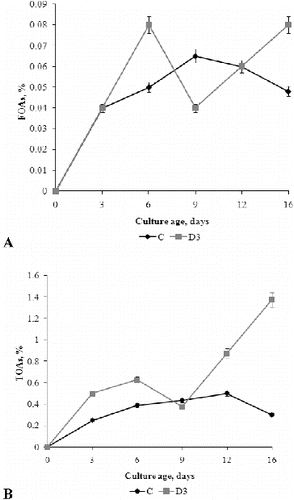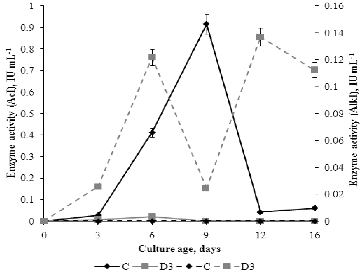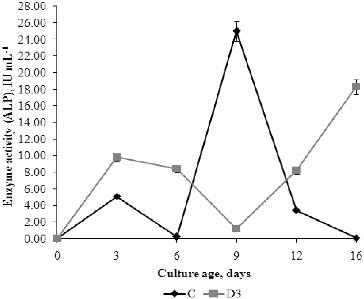Figures & data
Table 1. Composition of growth medium in 1000 mL distilled water.
Figure 1. Mechanism of formation of ionic pair methylene blue–active substance (AS–MB) between the anionic surfactant (AS) and methylene blue (MB).

Figure 2. Growth curve based on total dry weight biomass (g) of P. chrysogenum cultivated in Czapek–Dox medium without detergent (C), with 0.3% detergent (D3) and 0.5% detergent (D5).
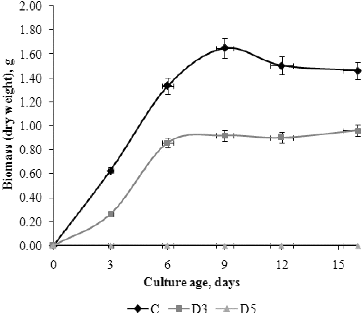
Figure 3. Percentage of biodegradation of detergent in the fermentation broth of P. chrysogenum grown in D3 medium (with 0.3% detergent) compared with negative non-inoculated control (ncD3) (A). Relationship between concentration of decomposed anionic surfactant (solid line) and dry weight biomass (dotted line) (B).
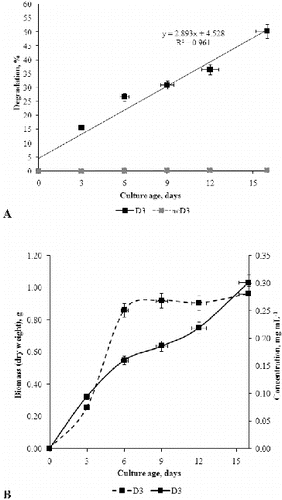
Figure 4. pH values of fermentation broth during P. chrysogenum growth in Czapek–Dox medium with (D3) and without (C) 0.3% detergent, compared to non-inoculated control (ncD3).
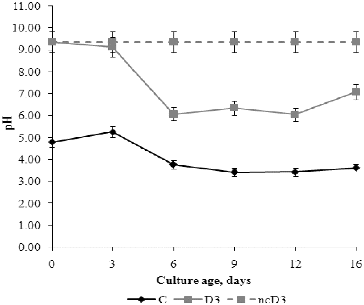
Figure 5. Redox potential values of fermentation broth during P. chrysogenum growth in Czapek–Dox medium with (D3) and without (C) 0.3% detergent, compared to non-inoculated control (ncD3).
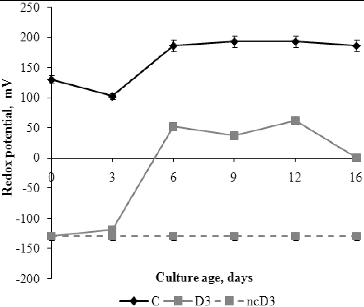
Figure 6. Concentration of FOAs (A) and TOAs (B) in the fermentation broth of P. chrysogenum grown in Czapek–Dox medium with (D3) and without (C) 0.3% detergent, compared to non-inoculated control (ncD3).
